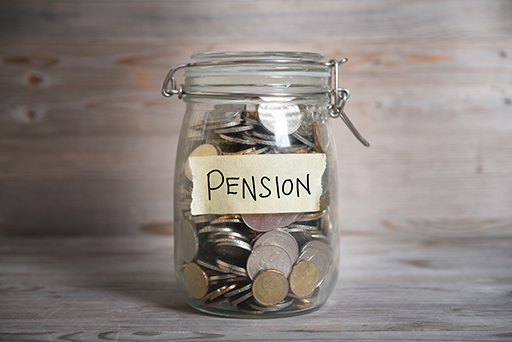5.1 Planning your pension: the costs and risks
With a personal pension you will need to decide how much you pay into your fund. It’s important to get this decision right because if you pay in too little, your pension will be too small. Pay in too much, and you could limit your current spending and standard of living, but you can’t be certain of the correct amount. But a basic principle is to put in as much as you can afford and start as early as possible.
Also remember that saving into a pension is just one form of retirement savings, and other methods may yield big gains.
How much to pay in?
There is a rule of thumb, used by many in the industry to state how much it is worth investing to help achieve a comfortable retirement, but like anything, when investing money for the long term there are no guarantees it will prove correct in the long run.
It is to take the age you start your pension and halve it. Then put this percentage of your pre-tax salary into your pension each year until you retire.
So, someone starting aged 32 should contribute 16% of their salary for the rest of their working life under this ‘rule’. While 16% of your pay may seem a huge commitment, this figure includes your employer’s contribution.
The aim is that the pension, when it starts, will provide a regular income, usually paid monthly, until death. The longer you live, the more months of pension that have to be paid out. So, pension planning does require an estimate of life expectancy too.
The costs …
When investing for the long term, what also counts is the investment return after all the charges have been deducted. An investment fund that offers the chance of higher returns but has high charges might be a poor choice compared with a less ambitious investment fund with modest charges.
Also consider inflation as rising prices reduce the buying power of money. To protect against this, you would need to invest extra money to compensate for the effect of inflation, both over the years when the savings are building up and once the pension starts.
Where is the money invested?
You can choose to actively manage how your money is invested in some types of pension, such as a SIPP (self-invested personal pension) or allow the pension provider to choose where to invest it, based on your attitude to risk. Some workplace pensions go a step further and simply have a default fund that tends to be medium risk, so you don’t have to make any choices.
… and the risks
Defined contribution (or money purchase) schemes lead to individuals shouldering the risks up to the time when the pension starts. This means that different people saving the same amount can receive very different pensions, and a person’s pension can be markedly different depending on when they retire.
Activity 5 Are you paying in enough?
The ‘rule of thumb’ set out above provides a good guide to how much you should be contributing to your pension scheme. Try the rule for yourself and then check how much you are currently contributing – your salary slip will help if you are in an occupational scheme. Are you under, over or on the recommended contribution level?
Discussion
If you are contributing enough (or more) then that is good news. If you are short of the ‘rule of thumb’ level – and particularly if you are well short – you really need to review your pension plan and aim to contribute more.


